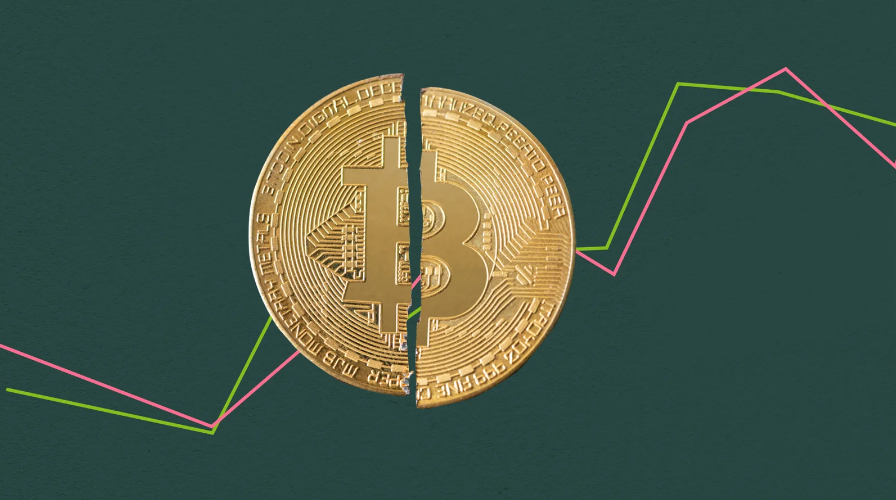In the constantly evolving world of cryptocurrencies, understanding the market’s dynamic nature can be the key to successful investment. Bitcoin, often seen as the pioneer, continues to captivate investors with its complex cycles and market intricacies. While the traditional narrative of halvings shaping Bitcoin’s market performance holds strong, new insights suggest additional factors might be at play. As you delve deeper into these trends, you’ll uncover a fascinating interplay between market cycles, liquidity, and institutional investment that could redefine your perspective on Bitcoin’s future.
Understanding Bitcoin’s Market Cycles: Beyond Halvings
The Evolution of Bitcoin’s Market Phases
Bitcoin’s journey in the financial world is often dissected into three primary cycles, as observed by analyst James Checkmate. These are not merely dictated by the well-known halving events but rather by broader market trends and adoption rates. The cycles are categorized into an initial adoption phase from 2011 to 2018, a growth phase between 2018 and 2022, and the current maturity phase starting in 2022. Checkmate suggests that these phases reflect the shifts in adoption and market infrastructure, challenging the traditional view that Bitcoin’s price movements are primarily a result of the quadrennial halving.
The Persistent Halving Narrative
Despite alternative theories, the traditional halving model remains influential. This view holds that the reduction of block rewards leads to a supply shock, which, when combined with demand, drives prices upward. Historical patterns from years following halvings, such as 2013, 2017, and 2021, support this theory, suggesting a potential price peak in 2025 if the pattern holds true. Traders appreciate the straightforwardness of this model, maintaining the belief that a supply-demand imbalance in the post-halving period is a key trigger for bullish trends.
The Role of Institutional Flows and Liquidity
Recent discussions among experts suggest shifting attention towards liquidity and institutional inflows as critical factors in defining Bitcoin’s price cycles. While the timing of halvings provides a clear framework for market expectations, the impact of large-scale institutional participation and the availability of liquidity are increasingly seen as vital components. These elements can influence the length and strength of bullish trends, as they determine the capital moving through the market.
Recognizing Bitcoin Cycle Indicators
Indicators from blockchain analytics firm Glassnode point to potential late-cycle behavior, characterized by heightened selling pressure. Such signals warn traders to exercise caution in risk management. Despite this, advocates of the halving-based model observe a consistent bull peak pattern post-halving across multiple cycles, using historical dates like 2013, 2017, and the anticipated 2025 peak to validate their stance.
Frequently Asked Questions about Bitcoin Cycles
Why are Bitcoin halvings significant?
Bitcoin halvings are significant because they reduce the reward miners receive for verifying transactions, effectively decreasing the rate at which new Bitcoins enter circulation. This supply reduction, coupled with potential demand growth, often influences price increases, aligning with prior historical trends.
How do institutional investments impact Bitcoin’s price cycles?
Institutional investments bring significant capital and liquidity to the Bitcoin market, potentially amplifying price swings. Their involvement can extend bullish phases as they provide substantial buying power and influence investor confidence.
Is the traditional Bitcoin halving model still relevant?
While the halving model remains a key framework for many traders, additional factors like market maturity, adoption rates, and institutional involvement are gaining prominence in shaping Bitcoin’s price cycles.
How should investors approach Bitcoin’s current market phase?
Investors should stay informed about market trends and signals, considering both historical data and emerging factors such as liquidity and institutional flows. Diversified investment strategies and risk management are crucial as the market enters potentially volatile phases.
By exploring the intricate landscape of Bitcoin’s market cycles, investors can better navigate their strategies, analyzing multiple perspectives to anticipate future trends effectively.

